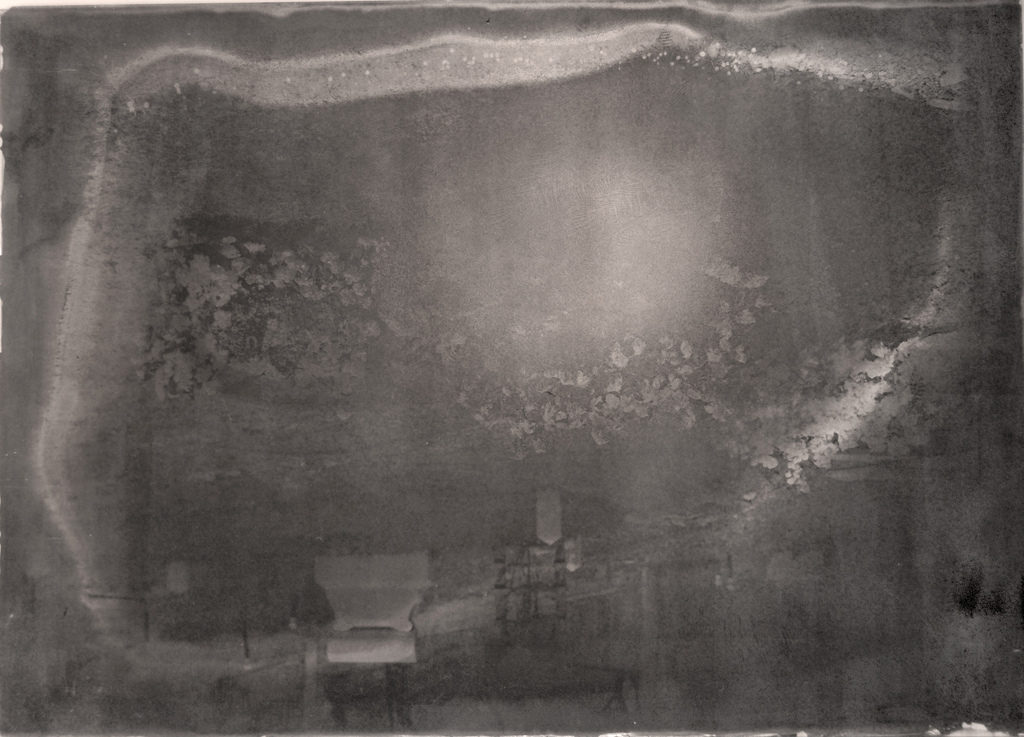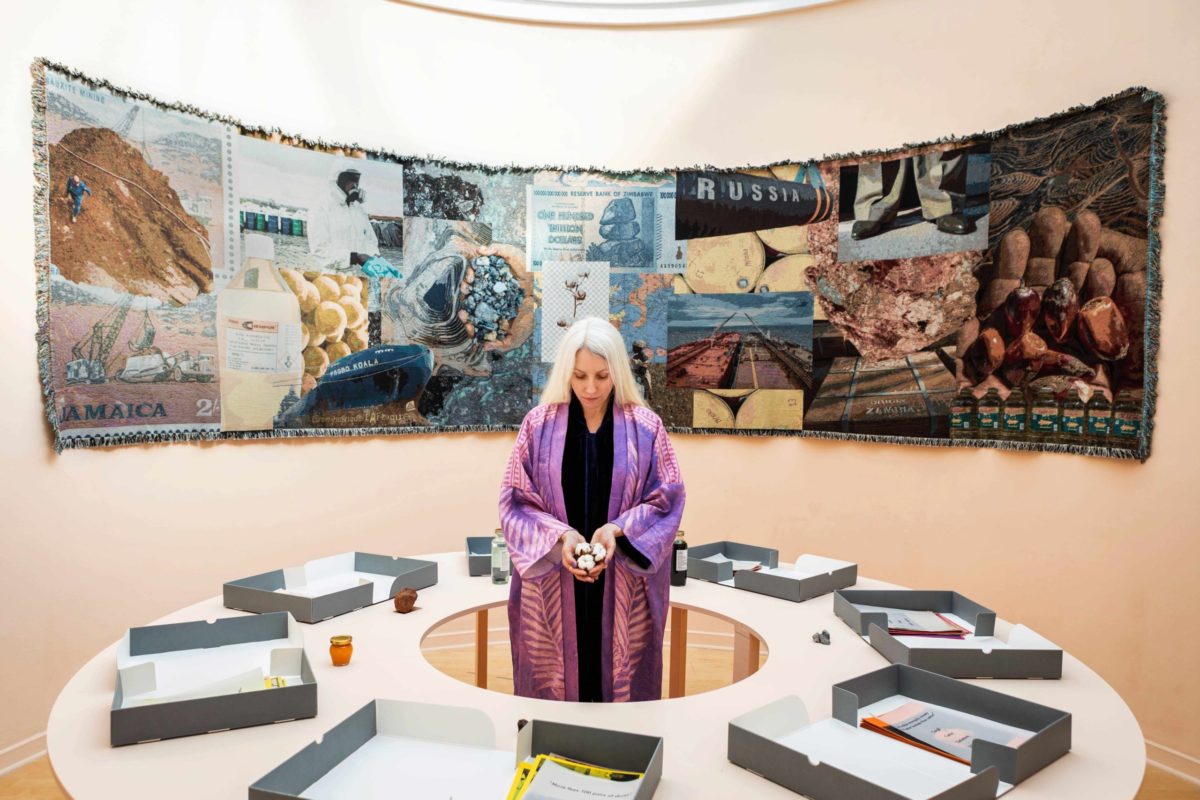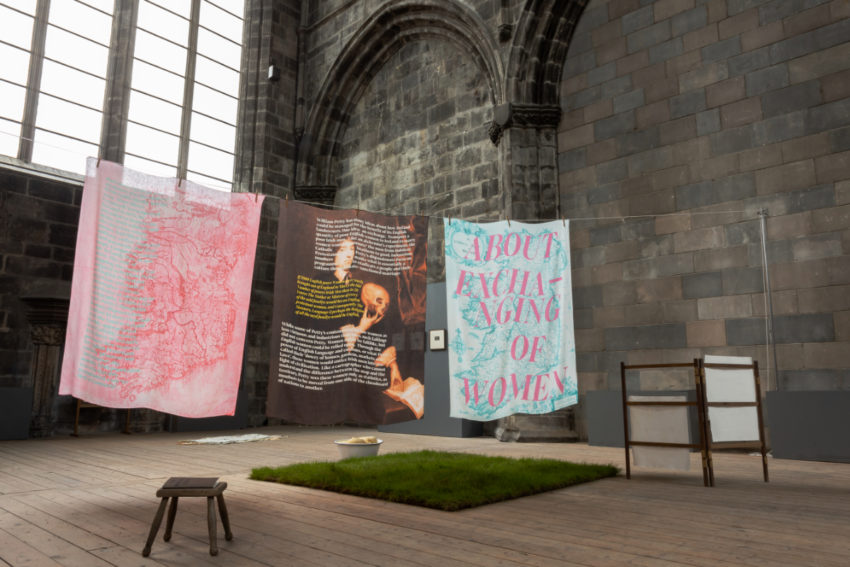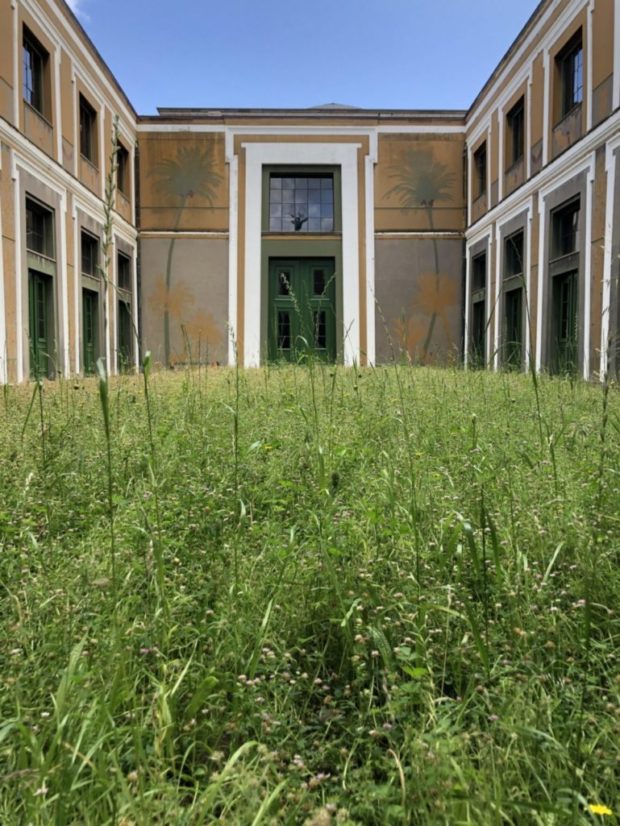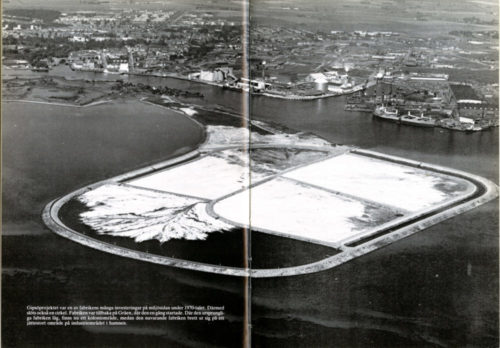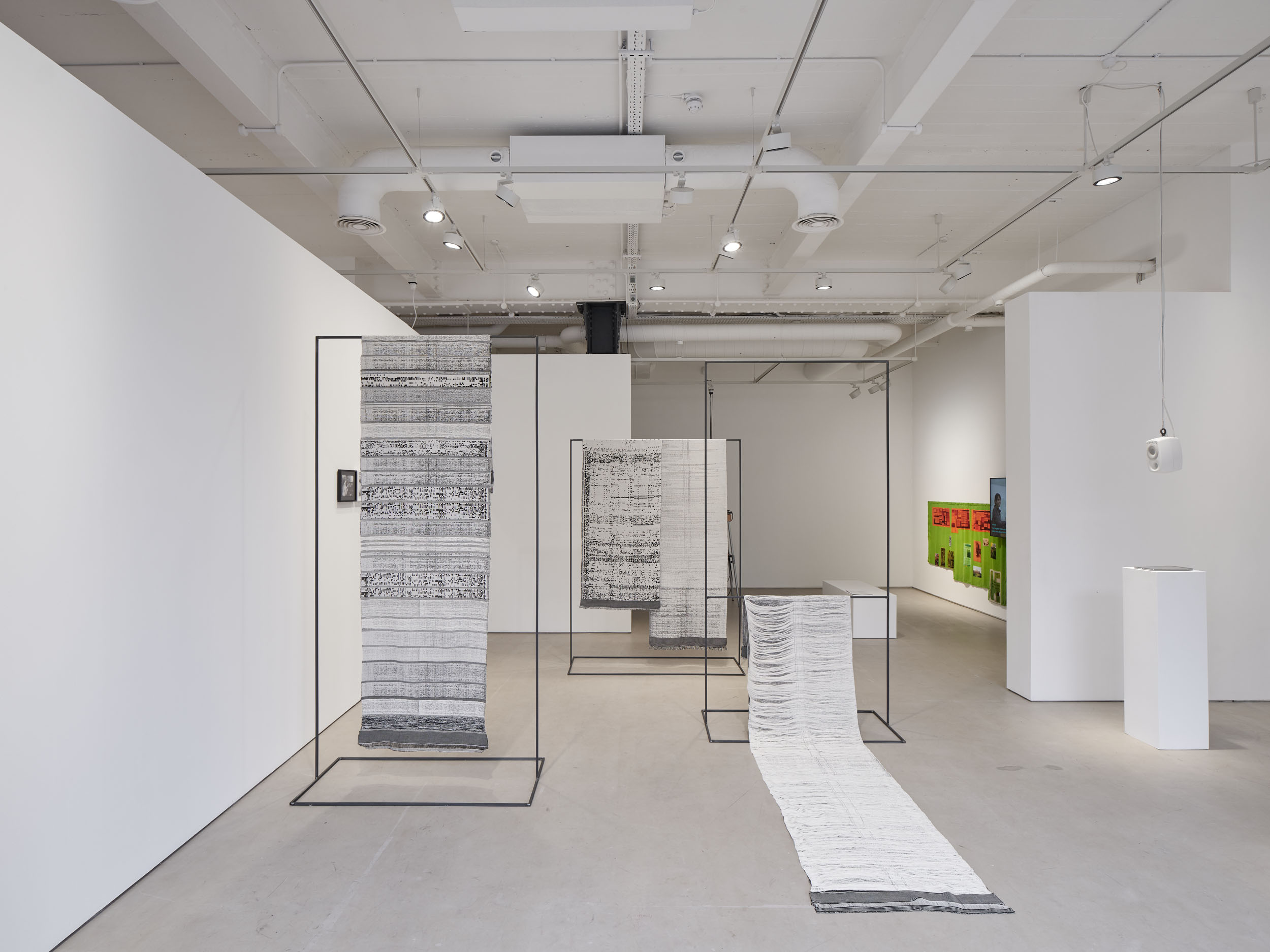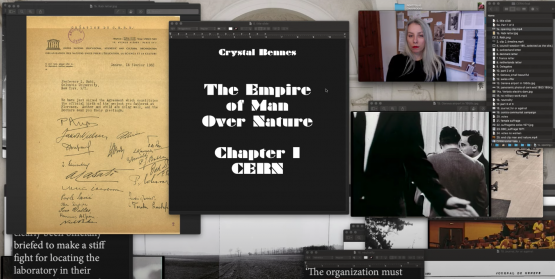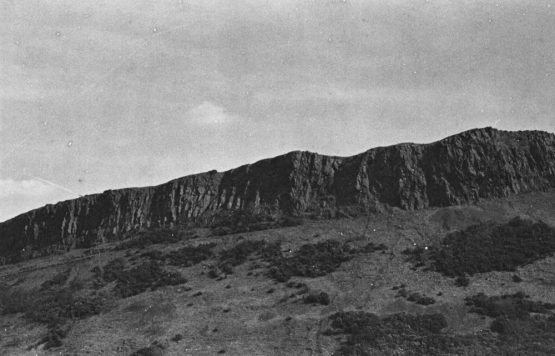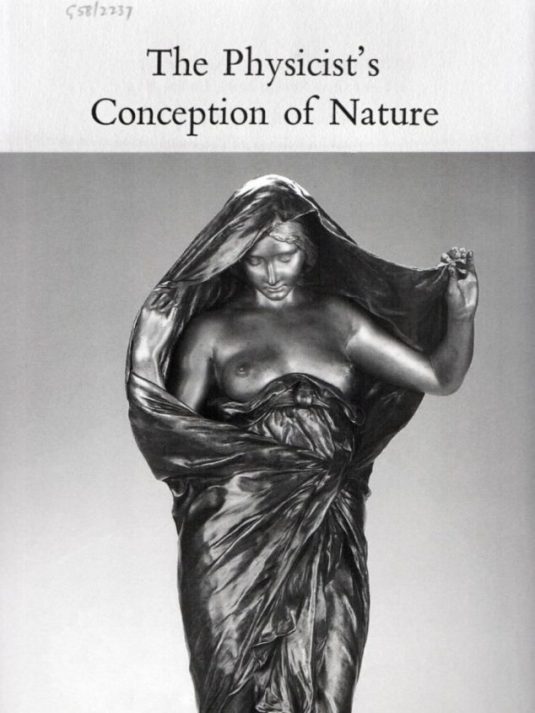In north-west Paris, a tower of stacked, glass boxes rises. When complete, Renzo Piano’s Palais de Justice will house the city’s disparate judiciary functions in a building, ‘clear, light, transparent and open to the city; the antithesis of the intimidating, hermetic, dark institutional buildings of the past,’ according to its creator.
Switch on BBC Parliament. It’s 30 March, the day after Prime Minister Theresa May triggered Article 50 to begin the process of Britain’s exit from the European Union. The camera shifts between a close-up of the Speaker and a view of the chamber. Approximately 15% of members are present at the beginning of a one-hour debate on the legislation for EU withdrawal, thinning out as the hour passes.
Sir William Cash, Chair of the European Scrutiny Committee, stands to comment on the legislation:
The reality is that [we will be] returning sovereignty to this House so that the decisions that are taken in our law-making are made by the British peoples’ representatives in this House in line with the wishes of general elections and not … so often as we find in the European Scrutiny Committee, behind closed doors.
Piano’s Palais de Justice and Cash’s “behind closed doors” exemplify the two modern meanings of the word ‘transparency’ – ‘allowing light to pass through so that objects behind can be distinctly seen’ and ‘open to public scrutiny’. They further signify the problems inherent in an architectural culture that continues to elide literal and metaphorical meanings of transparency through its insistence that glass equates to accountability and openness. For, despite the architect’s insistence, Piano’s transparent glass does not allow objects behind to be seen, just as Cash’s conflation of Britain leaving the EU as opening the formerly ‘closed doors’ of law-making is erroneous. If glass allows for a certain degree of visibility in governmental buildings and television cameras allow for a certain degree of visibility in parliamentary chambers, Cash’s comment inadvertently confirms that neither are particularly effective in the face of closed doors. Architects, in remaining ideologically wedded to glass-as-transparency-as-open-to-public-scrutiny help manufacture an image of public accountability and accessibility in government where it doesn’t necessarily exist.
—-
The earliest use of glass in an architectural context is thought to date from the first century BC, following the discovery of glass-blowing in Sidon, modern-day Lebanon. Later, in the great Gothic cathedrals, glass was used both as a vehicle for Christian storytelling and awe-inducing aesthetics. But it is in Dutch Haarlem, in 1695, that one finds the first record of shopfront glazing, a practice later perfected and expanded in Paris, where large-scale use of glass appears from 1788 in the city’s covered arcades. The invention of plate glass in 1840 allowed shops to increase pane size, resulting in grand arcades such as Milan’s 1865 Galleria Vittorio. Glass protected shoppers from the elements and helped to create spectacular, illuminated settings for the nascent luxury goods industry.
In the mass-consumer consumer society which emerged, glass became a tool of temptation, incentivizing the purchase of goods through scenography. In French, “window shopping” literally means to lick the shopfront – the transparent glass a delicious enticement. If today, these powerful associations are taken for granted, during times of civil unrest it’s little surprise that glass-fronted shops are soon shattered. While one reading of this destruction is simple access to material goods, convincing arguments have been made for the breaking of glass as a reaction against the mechanisms by which material transparency flaunts economic, social and political inequality.
Following the embrace of plate glass for commercial use, its unique qualities saw it swiftly adopted by twentieth-century architects as a truly modern material. If glass was later theorized as the handmaiden to social and moral revolution, one of glass’s earliest theoretical proponents took a decidedly utopian approach. ‘Coloured glass destroys all hatred at last,’ wrote poet and architectural theorist Paul Scheerbart in his 1914 Glasarchitektur. Scheerbart’s treatise prophesied a peaceful, technocratic civilisation engendered in part from an abundance of crystal cities and floating continents of chromatic glass. Writing on the eve of WWI, Scheerbart, rather optimistically, viewed glass as a harbinger for a better society through its widespread architectural application:
Our culture is in a sense a product of our architecture. If we wish to raise our culture to a higher level, we are forced for better or worse to transform our architecture. And this will be possible only if we remove the enclosed quality from the spaces within which we live. This can be done only through the introduction of glass architecture that lets the sunlight and the light of the moon and stars into our rooms not merely through a few windows, but simultaneously through the greatest possible number of walls that are made entirely of glass- coloured glass. The new environment that we shall create must bring with it a new culture.
Contemporaneous to early ideas of glass as a catalyst for reformed society are early expressions of “transparency” as crucial to international political relations. Contrasted with the opacity of political deal-making prior to WWI, transparency was heralded as harbinger of a new world peace. It is in President Woodrow Wilson’s 1918 Fourteen Points speech that one finds the first expression of this notion of transparency. For Wilson, ‘open covenants of peace [should be] openly arrived at, after which there shall be no private international understandings of any kind but diplomacy shall proceed always frankly and in the public view.’
In the same speech, Wilson also called for the creation of a general association of nations and in June 1919, forty-four states signed the covenant creating the League of Nations. Although the word transparency was not explicitly used in the covenant, the idea of the importance of openness to world peace and stability was repeated by Wilson. Unsurprisingly, these ideas were seized upon by architects submitting designs to the 1927 competition for the new League of Nations headquarters.
Although Scheerbart above makes no explicit differentiation between domestic and public spaces, the early history of glass-as-moral-material was perhaps more concerned with domestic mores as with the ‘public negotiation of honest men,’ as Hannes Meyer wrote of his unsuccessful 1927 design for the proposed League of Nations Building. Echoing Wilson, Meyer’s design of glass prisms argued that the physical transparency of plate glass would both permit and symbolise openness, contrasting with the secret diplomacy which caused the Great War. If Scheerbart and Meyer, among others, were concerned with glass’s ability to illuminate the intrigues of world politics, other theorists, such as Walter Benjamin, Adolf Behne and Sheldon Cheney, were interested in the revolutionary potential of glass at the domestic scale.
In his 1929 essay, “Surrealism: The Last Snapshot of the European Intelligentisia”, Benjamin associates the transparency of glass with a kind of revolutionary moral exhibitionism and opposition to bourgeois notions of domestic privacy in his oft-quoted statement that, ‘to live in a glass house is a revolutionary virtue par excellence…a moral exhibitionism that we badly need.’ Here, Benjamin echoes Adolf Behne who, in 1919, wrote – in favour of glass use for domestic architecture in rejection of the “petit bourgeois” desire for comfort – ‘only where cosiness ends does humanity begin.’
Benjamin continued to develop some of these ideas in his 1933 essay, “Experience and Poverty”, where the link between the idea of glass, particularly for domestic use, was pushed as a metaphor for potentially revolutionary social change: ‘[Scheerbart and the Bauhaus] have created rooms in which it is hard to leave traces… The new glass milieu will transform humanity utterly. And now it remains only to be wished that the new glass-culture will not encounter too many enemies.’
Thus glass was to the architectural avant-garde of the 1920s what lumière was to French Enlightenment philosophers – transparency, through glass or through information – as a means to create a rational civilisation. And if glass architecture is not yet deemed the ultimate signifier for political transparency, the impact of WW2, particularly in Germany, brings about a shift from glass as material for revolutionary society to a material which can restore confidence in democratic politics.
Following the two World Wars, glass maintained its status as a morally-symbolic material, although the nature of those symbolic associations shifted. Particularly in Germany, where monumental Nazi architecture and widespread urban destruction meant that glass was adopted as a kind of tabula rasa. Glass to erase the past, glass as a fresh start.
In Bonn, temporary home of the Bundestag following Berlin’s destruction in WWII, architect Hans Schwippert added a legislative chamber onto the symbolically-repurposed 1930’s Padagogische Akademie. Schwippert’s extension featured floor-to-ceiling transparent glass windows looking directly into the chamber and was considered a successful metaphor for the political openness of the new democracy. ‘I wanted the German public to observe parliamentary work,’ Schwippert said, a few years after his building completed. ‘I wanted a building of openness, an architecture of meeting and discussion.’ Ironically, Schwippert’s design didn’t actually allow the public to observe parliament at work from within. At the building’s opening, the public stood outside, listening through opened windows.
However, it wasn’t until the late 1980s that glass and transparency were adopted for the institutional architecture of democracy with such abandon. As with the 1910s, this uptake in transparency for political design was matched by an explosion of related political discourse. Hansard reveals a significant increase in the use of the word “transparency” in Commons debates of the 1990s. From Romaldo Giurgola’s 1988 Parliament of Australia to Norman Foster’s 1993 glass dome crowning the Berlin Reichstag to Richard Roger’s 2005 Welsh National Assembly, architects and their clients continue to appeal to glass as a leveller, a truth-teller, a magnifying lens with which to inspect the goings-on of government. Foster and Rogers – two of the worst offenders – continue to insist that their glass designs signify, ‘the transparency and openness of the democratic process,’ and the, ‘democratic values of openness and participation…’. The website of the Australian parliament declares itself, ‘one of the most open parliamentary buildings in the world,’ and an Australian Senate paper explicitly connects this openness with glass and transparency:
Transparency aims to bring the public into the ambit of the chamber and to avoid any sense of arcane proceedings of no relevance to the citizens. The openness that the extensive use of glass provides, also conveys a sense of accountability in that the public gains direct insight into what is taking place.
Rather than subside, these associations have evolved, often in surprising ways. Herzog and de Meuron’s new building for the Blavatnik School of Government at Oxford, essentially a stack of glass circles, has extended the metaphor of glass-as-transparent-democracy all the way to the education of potential future bureaucrats and politicians. As the writer Jan-Carlos Kucharek wryly observed in his RIBA Journal review, the building is ‘about democracy, so it’s circular, political transparency, so it’s glass, and Oxford, so there’s stone.’ As the complexity and inanity of contemporary politics continues to baffle, at least the moral symbolism of political buildings has never been easier to read.
—
It is worth asking whether such a thing as “democratic architecture” exists, or is even possible. What might constitute democratic architecture? Perhaps architecture with effective public input and consultation is democratic, or architecture that ‘focuses on the needs and experiences of the people that use the buildings’, as Danish architect Morten Schmidt recently argued. Regardless, it seems the height of absurdity to proclaim democratic architecture is comprised of glass. Given the long tradition of stone, brick and wooden construction of important civic buildings, why not appeal to these as ‘democratic’ materials instead?
Perhaps part of the problem is the conflation of transparency’s two modern meanings – as literally see-through and ‘open to public scrutiny’ – to give the idea that physical, material transparency can reveal previously hidden things or expose the truth. To illustrate, take two different approaches to the two-sided concept of transparency, expressed through the medium of the toaster. Bear with me.
In Paul Auster’s 1999-novel Timbuktu, the protagonist Willy G. Christmas considers the wonders of transparency in its material sense in relation to that great modern domestic appliance, the toaster:
Why not expose the works, I said to myself, be able to watch the bread turn from white to golden brown, to see the metamorphosis with your own eyes? What good does it do to lock up the bread and hide it behind that ugly stainless steel? I’m talking about clear glass, with the orange coils glowing within. It would be a thing of beauty, a work of art in every kitchen … Making toast would be turned into a religious act, an emanation of otherworldliness, a form of prayer.
In his attempt to fabricate a toaster from scratch, the British designer Thomas Thwaites has also approached the toaster through the lens of transparency. But rather than the awe-inspiring material transparency of Christmas’s glass toaster, Thwaites’s project expresses the wonder of transparency by uncovering the hidden realities of toaster fabrication – his toaster reveals the inconceivable political and economic complexities and global networks which underlie the creation of something as seemingly simple as a household appliance. As with Christmas’s glass toaster, one is able to literally see how Thwaite’s toaster works, but the project also opens up the production process of toaster-making to public scrutiny – it celebrates the complexities and difficulties of transparency, rather than over-simplify or simply ignore them.
With confidence in Western democratic politicians at impressive lows, the tale of two transparent toasters illustrates the desperate need to break the theoretical chain connecting glass, transparency and democratic openness. Glass is see-through, but it also mirrors, distorts, deflects and breaks. There’s a fine line between the democratic openness of glass-walled transparency and glass as a tool to perpetuate authoritarian visibility – the metaphor simply doesn’t hold up to scrutiny. By continuing to insist on glass as transparent and democratic, architects are allowing, even encouraging, their buildings to perpetuate lies. This isn’t to say one shouldn’t use glass in political or juridical buildings, but rather that the time has long since passed to stop equating glass buildings with political or commercial openness and accountability.
This article originally published in Icon 172. Support print!
